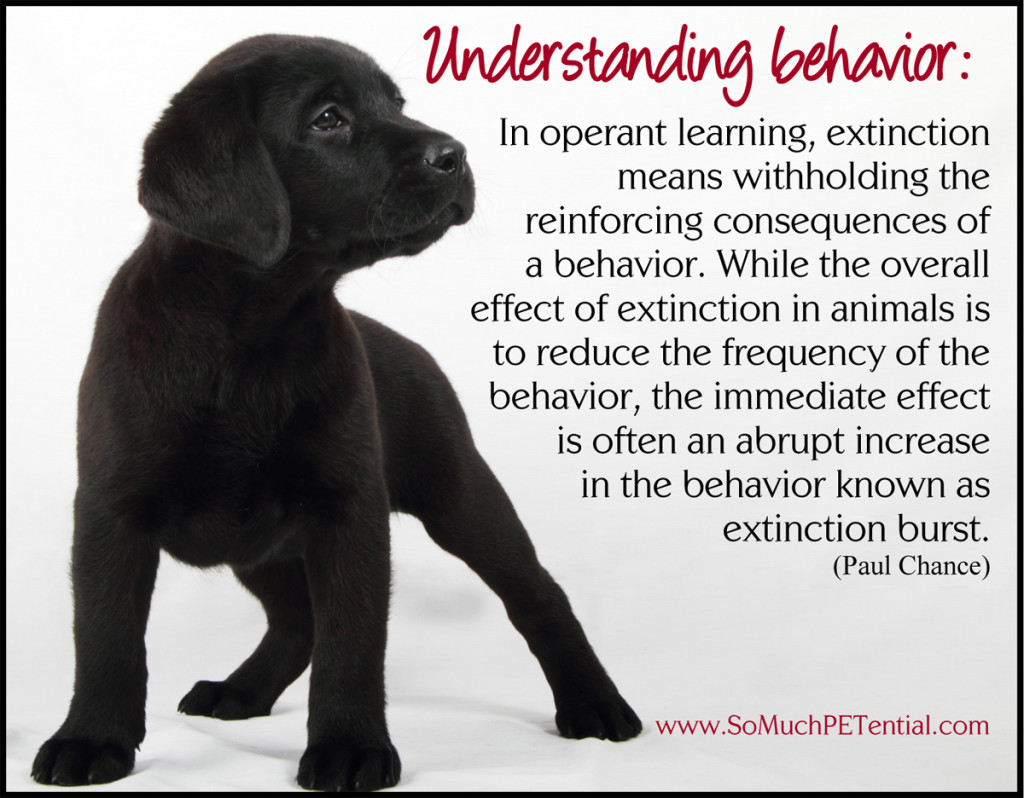(a past Hyde Park Living column)
Have you ever tried to solve a screaming issue with a parrot or an attention seeking issue with a dog simply by ignoring it?
Oh my. Let’s just say, I have and it was the lesson that got me started 13 plus years ago down this path of wanting to learn a better way to manage pet behavior.
If you too have ‘tried’ this solution unsuccessfully, let me guess as to probably what happened. In the case of your bird, your ignoring him caused him to scream louder and louder, persistently for longer periods of time until you finally couldn’t stand it any longer and you yelled at him, covered him, or did something else. In the case of your dog, your ignoring him caused him to go from making a small sound to increasing the volume, then bumping or pawing you until finally you give in and tell him to stop or even pet him.
So, to those of you who recognize this scenario, I want to congratulate you. You have just taught your bird to scream loud and strong, and your dog to go straight for the bumping and pawing because obviously you just are not hearing the quieter scream or whine, and your vision isn’t what it normally is because you completely missed seeing your dog sit (a behavior that may get attention in other settings).
What is really going on here? Well, the scientific explanation is called ‘extinction burst’. In operant learning (learning from the consequences of behavior), extinction means withholding the reinforcing consequences of a behavior. While the overall effect of extinction in dogs, parrots and other pets is to reduce the frequency of the behavior, the immediate effect is often an abrupt increase in the behavior known as extinction burst. (Learning and Behavior by Paul Chance)
During the extinction burst, you may think you have just made your pet’s problem worse; however, if and only if you can continue to withhold reinforcing consequences from that behavior, then you will more than likely see a fairly rapid decline in the behavior.
The problem is that it is pretty difficult to just ignore an unwanted behavior. And, if you ‘give in’ and offer any kind of reinforcing consequence to the increased behavior, THAT increased behavior level is what your pet has just learned gets a valued outcome.
This is why, when I talk about modifying behavior in the most positive way and setting both you and your pet up for success, I talk about a multi-tiered program that includes arrangement of the environment so as to try and not set the behavior into motion to begin with, give no value to the unwanted behavior, teach your pet an incompatible behavior that will have a consequence of the same or greater value (to the animal) than the unwanted behavior.
Another benefit to solving and/or preventing a pet behavior problem in this way is that you do not need to use aversive strategies, which serves to build a stronger relationship between you and your pet. And that is the ultimate reward for both of you!






